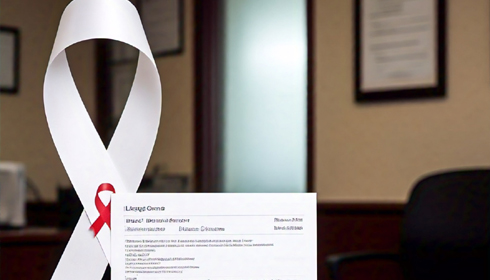
Long Road to Lung Cancer Screening: Disparities in Access Highlight Health Inequities
A recent study indicates huge differences in access to lung cancer screening (LCS) facilities across the United States, with American Indian/Alaska Native (AI/AN) groups having the greatest challenges. Researchers discovered that AI/AN people, who already have high lung cancer rates, frequently live far from nearby screening centres, indicating a crucial gap in equitable healthcare access.
The Annals of Internal Medicine study examined data from 71,691 census units in the United States to determine the distance between residents and the nearest LCS facility. It discovered that AI/AN-majority census tracts had the greatest average distance to screening centres, at 49.6 miles, compared to 4.4 to 6.9 miles for other majority groups.
Rurality has an important influence, although it does not fully explain these disparities. Even after accounting for rural locations, AI/AN communities had significantly higher distances to LCS than non-Hispanic White (NHW) inhabitants.
"These findings underscore the urgent need to address the unique healthcare challenges faced by AI/AN communities," note researchers.
"Improving access to life-saving screenings is crucial for reducing lung cancer mortality rates in these vulnerable populations," they added.
The study addresses a bigger issue of healthcare disparity. Disparities in access to quality treatment, including timely screenings, are not purely geographical. Systemic factors that contribute to these discrepancies include historical and present prejudices, poor healthcare infrastructure for marginalised populations, and socioeconomic inequality.
To address these disparities in healthcare, policymakers must undertake a number of initiatives simultaneously. First, we must spend more money to improve healthcare facilities, particularly in locations where people do not have easy access to doctors, such as rural communities. This involves expanding the number of locations where individuals can undergo lung cancer screenings.
Second, we can deploy mobile clinics that travel between villages. These clinics can provide vital services directly to those who live distant from hospitals. Third, we must assist individuals in improving their quality of life. Poverty and a lack of education can contribute to poor health outcomes. We can enhance people's general health and lessen these disparities by assisting them in finding better jobs and obtaining higher education.
Finally, it is critical to give care that is respectful of all cultures and languages. This helps to ensure that American Indian and Alaska Native communities receive high-quality healthcare that matches their unique needs. By doing all of these things together, policymakers can ensure that everyone has an equal opportunity to receive the healthcare they require.
This report serves as a crucial reminder, compelling politicians and healthcare professionals to give equal access to cancer screening a top priority for all groups. Addressing these gaps will bring us closer to a world in which everyone, regardless of race, ethnicity, or region, can live a long and healthy life.